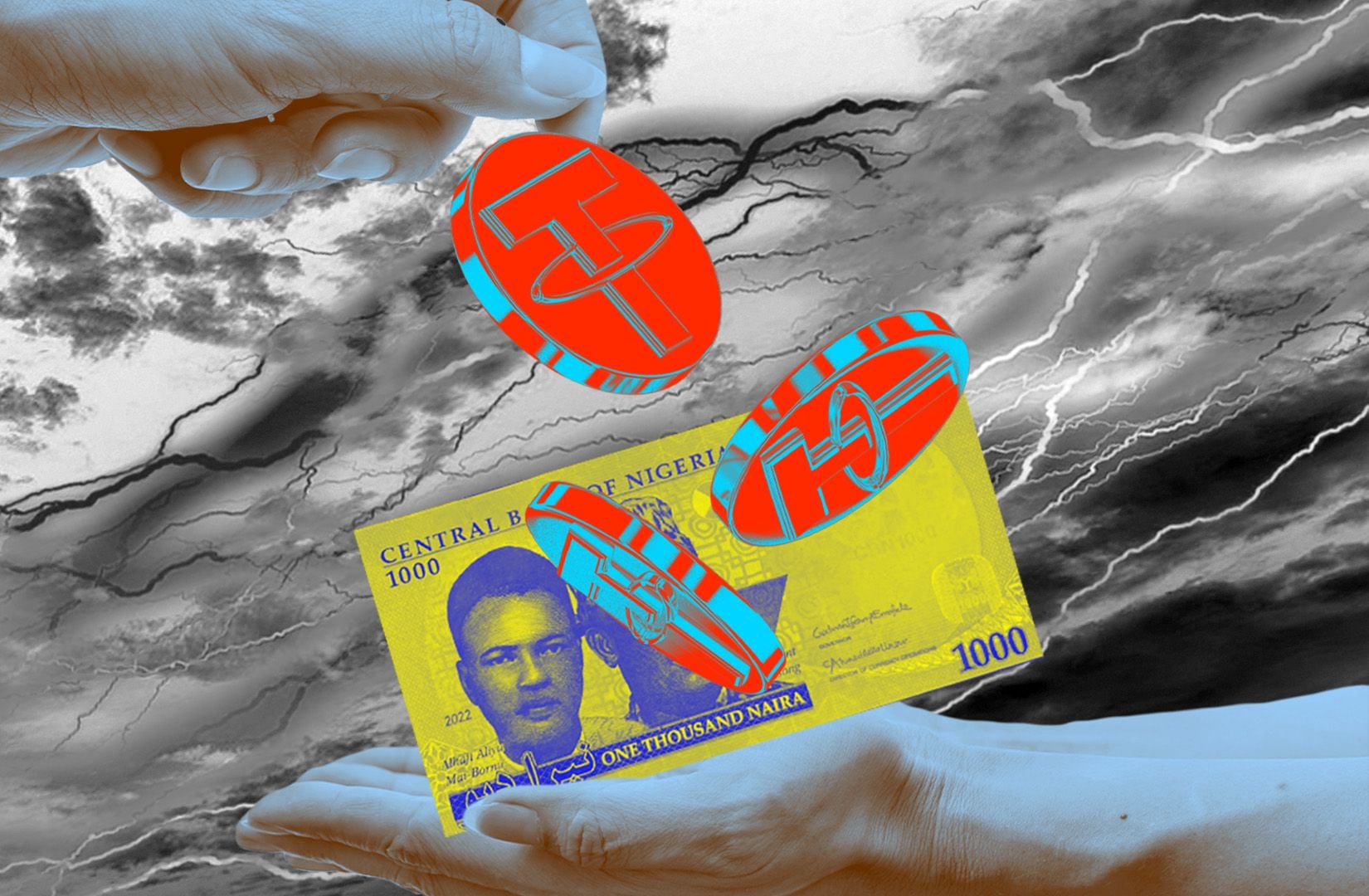The metaverse should be powered by central bank digital currencies, not speculative cryptocurrencies, unstable stablecoins or buzzy NFTs, according to a report by the bank for central banks.
State-backed tokens will provide more safety and stability in virtual worlds than solutions provided by DeFi and native web3 projects, the Bank for International Settlements argued.
“Users would generally want the currency used in such transactions to be stable against their income, expenses, and financial assets and liabilities in the real world,” said the BIS report.
Most decentralised metaverse platforms, one of the web3 cornerstones, use their own native tokens in their virtual worlds. But the Basel-based global forum of central bankers warns they may pose financial risks.
The report comes as countries around the world are racing to develop CBDCs. But these projects are criticised for potentially super-charging state surveillance of people’s spending habits.
In the US, CBDCs have recently become a hot button issue in the presidential campaign with Donald Trump labelling a digital dollar as a “dangerous threat to freedom.”
China’s digital yuan, which is more advanced than most CBDCs and already in use, serves as a warning in the West against programmable features which alarm privacy advocates.
Programmable money means that virtual currencies can be controlled or automated through smart contracts, which could dictate how people spend their funds.
Even so, the BIS report says that programmability could help tokenise financial assets, including virtual property in the metaverse.
Striking out alternatives
Crypto and stablecoins have been touted as a plausible payment solution in the metaverse.
Among 10,000 virtual reality and crypto users, 89% and 84% expect to be able to use cryptocurrencies and stablecoins in the metaverse, respectively, according to a PayPal report.
However, the BIS rejected that notion in its own report because stablecoins “have often struggled to maintain their peg in practice,” and so are a threat to financial stability.
“Some stablecoins are prone to bank runs and collapse,” says the report.
The BIS also casts doubt over native tokens used in decentralised metaverses, like Decentraland and its token MANA.
The central bankers’ report claims these assets are speculative and are “characterised by a continuous emergence of bubbles, with a volatility that is far higher than traditional fiat currencies or even the tokens used in gaming.”
Another problem, according to the BIS, is that there is no central bank to ensure the stability of the exchange rates of tokens like
MANA that are traded on crypto exchanges.
So there is no lender or liquidity provider if needed.
Metaverse post-hype
The concept of a metaverse where people can spend their time in an immersive, virtual reality, essentially flopped after a hype cycle in 2021.
That’s when Meta promised to build the next iteration of the internet in the metaverse.
US funding for metaverse and virtual reality dropped from 214 rounds in 2021 to 84 in 2023, according to Crunchbase. The reality of clunky VR glasses and data bandwidth guzzling connectivity didn’t live up to the hype.
The BIS acknowledged the deflated expectations of the metaverse, and dubs some of its use cases as “gimmicky.” Though for sectors like gaming, education, and healthcare, applications may be more useful.
The BIS, known as the bank for central banks, is developing several projects on CBDCs. For example, the BIS Innovation Hub recently said that it will release a minimal viable product of its mBridge project which facilitates cross-border payments compatible with different CBDCs.
The Innovation Hub also said it will prioritise research on ensuring privacy in CBDCs this year.
Have a tip about CBDCs? Contact the author at inbar@dlnews.com.


























